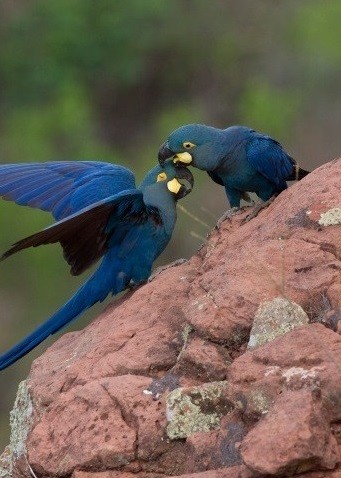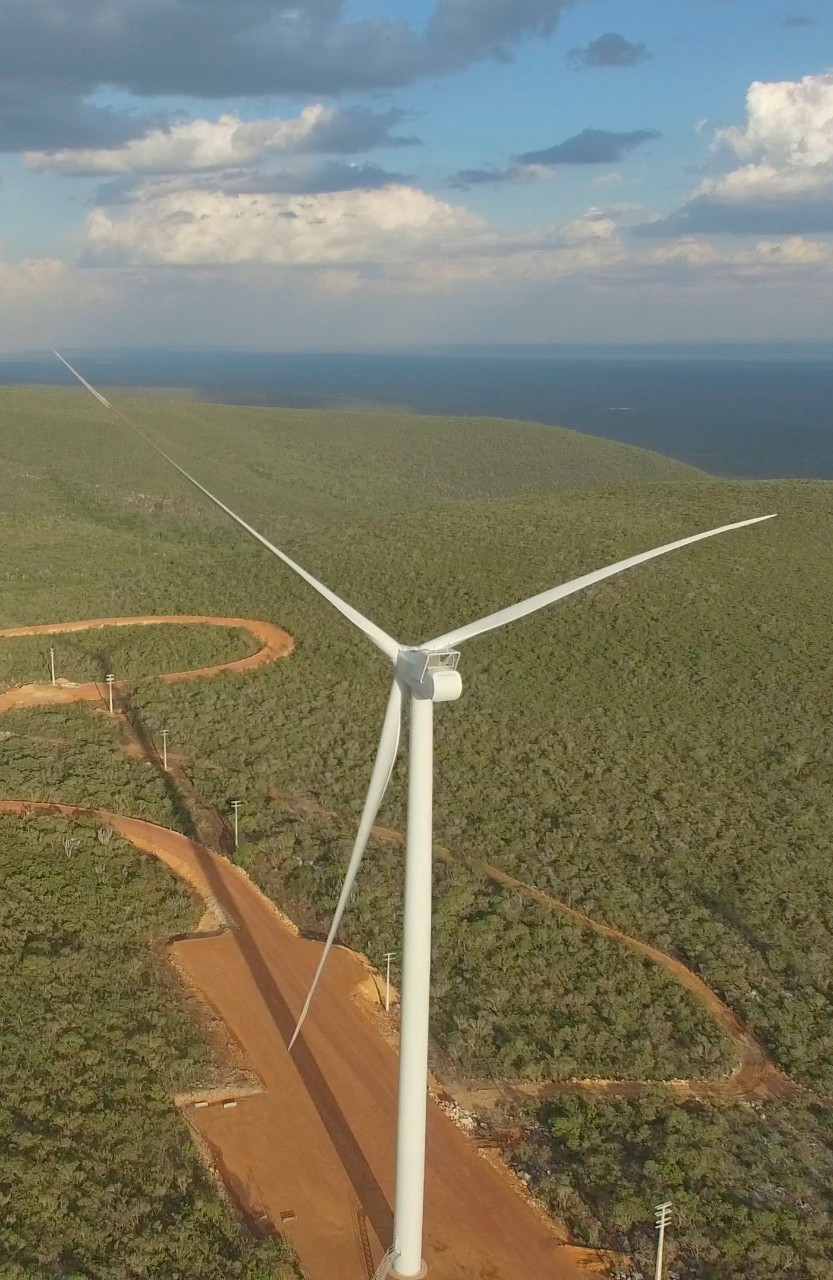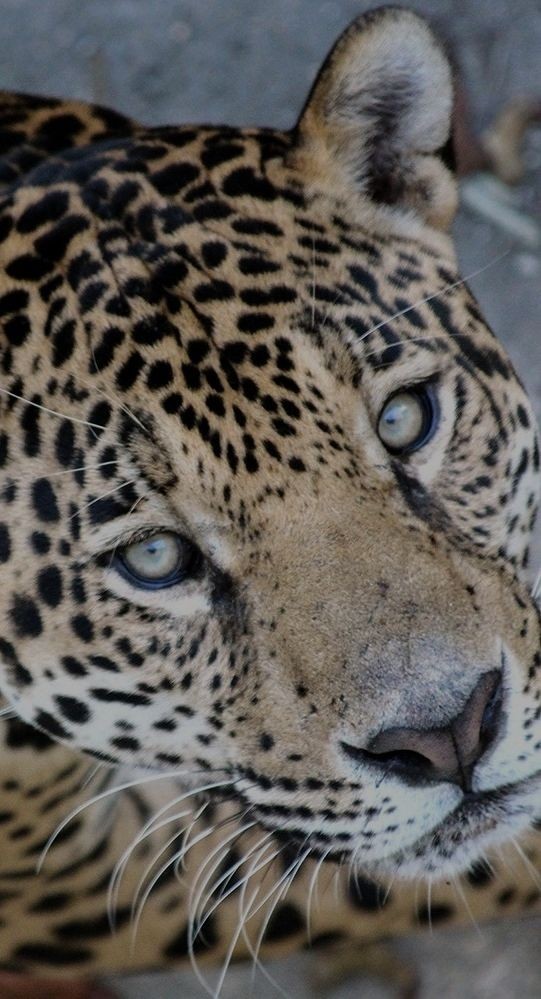“The experimental monitored release project is one of the biodiversity preservation programmes that has been developed in this region in the past three years by Enel Green Power.”
There is an environmental condition in the wind farm’s Installation Licence that requests the identification of critical refuge and feeding zones for the species. But it was clear that this would not be enough and that going beyond would be necessary! The birds’ adaptation to the environment would have to be done very carefully. And thinking of a way of monitoring them after release, to be sure the work had been done properly, was crucial.
It was not an easy job. In fact, the Delfina Farm brought challenges to the company from the start: since the construction phase - when it was born with the title of Brazil’s largest wind farm - until the moment it went into operation, also becoming a champion in energy generation.
But the team responsible for the operation led the programme with mastery throughout all stages! At first, an area that would become the space where the macaws would remain to become familiar with the environment was licensed. Right after they arrived, the challenges became even bigger.
“Welcoming birds that were born in captivity and did not behave like wild birds required of us a long training period.”
The feeding deconditioning process was the first step. Because they were not native of this area, the birds were unaware of the foods that would be available in the ecosystem. The biologists’ task was to bring them to the birds’ attention, which is what happened with the licuri palm, the species’ main food source. The macaw may travel up to 50 kilometres to reach a licuri palm grove, so it is important they can identify the fruits to get to the feeding zones.
The blue colouring of its feathers is in stark contrast to the brown of the caatinga region, which can help predators. Thus, they needed to learn to protect themselves and hide. And the region’s rocky walls are the perfect hiding place. Having to recognise threatening animals never seen before may seem a bit scary, but the training undertaken by biologists helped a lot! Furthermore, they were able to improve their flight skills, since they had never flown more than two or three metres before. This included building muscle tone and improving their physical conditioning. The work was intense! Birds and biologists had no rest in the past three years.
Now, with the release, one of the most important stages of the whole programme begins: the monitoring. And the target is for the region known as Boqueirão da Onça, which covers 900 hectares of caatinga forest and serrado, to become once again a habitat for the Lear’s macaw.
Those who witnessed the project over the last few years did not hide their joy in seeing the macaws taking flight in the caatinga skies. Employees and local residents followed the event in awe!
“As a biologist, studying what I do, I believed (that the release would be successful). And it is very emotional because we are working hard. But now the heart is a bit more anxious, we have new stages to complete.”
This new phase advances with innovative technology to ensure that the programme has a long duration! Biologists will be able to trace the birds and follow their development. This is the first project in the world to use this monitoring technology for macaws, which makes it a pioneer.
Meanwhile, Enel Green Power’s team has developed within the community an education plan for conservation that will raise awareness and educate the local population in its relationship with nature.
“I am proud to see the people working to save the species!”
The legacy that remains is extremely important for the region and for the scientific community.
And a curiosity: Lear’s macaw pairs that come together to mate remain together for their whole lives!




